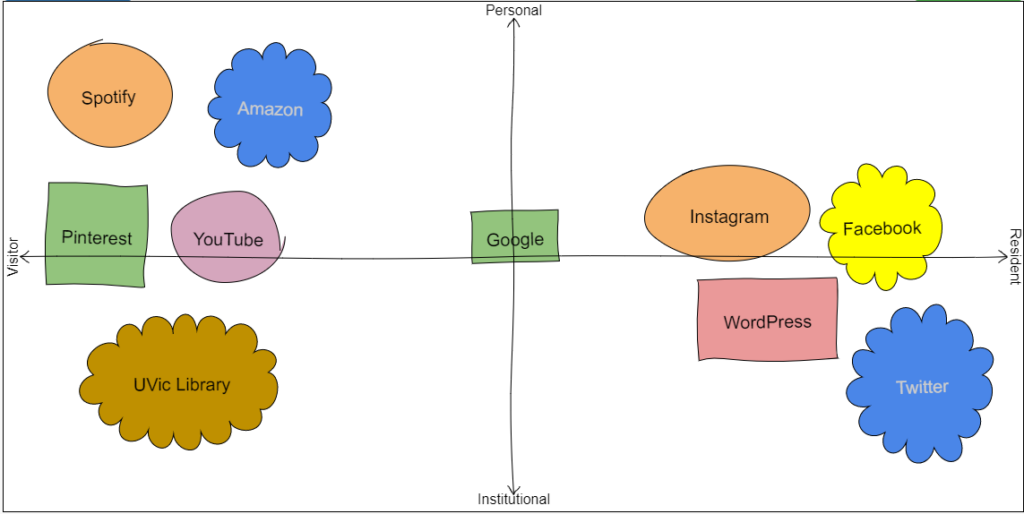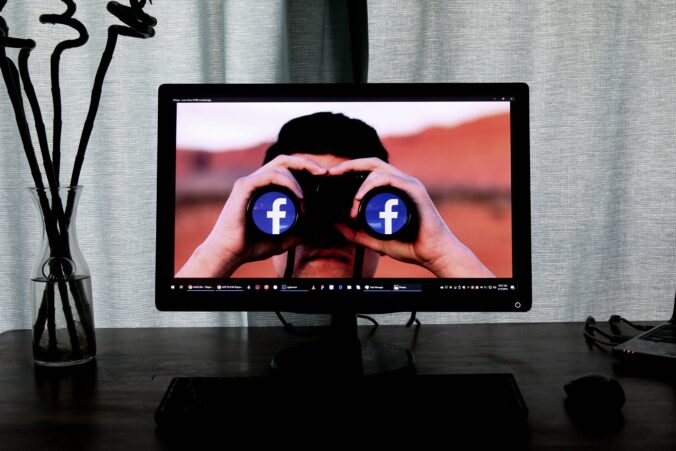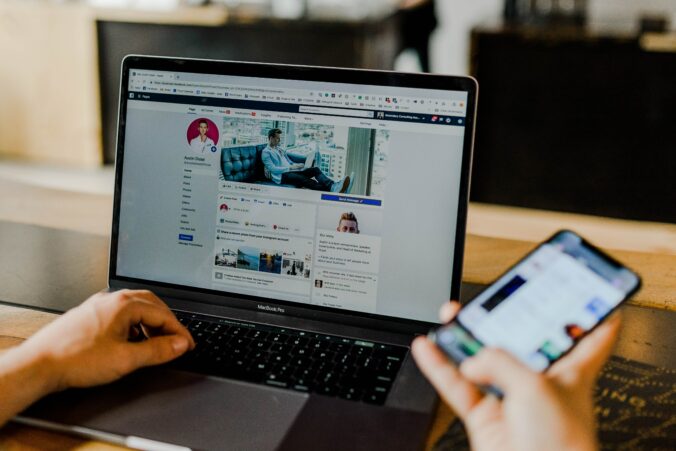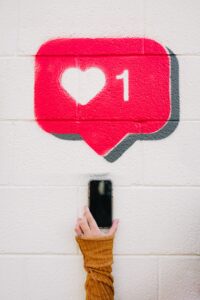What digital platforms are students currently using to develop their professional network?
Facebook, Instagram, Twitter, LinkedIn, and Slack are just a few of the digital platforms that can be used for professional networking but they do not all share the same purpose or beneficial applications. Facebook is great for promotions, photos, and event sharing – while Slack is a great way to connect with like minded communities. Of all the digital platforms, I use Twitter the most. I think Twitter is an excellent way to connect with other professionals around the world as well as stay up to date on current trends and topics.
What could the student consider in expanding their professional learning network?
While building a professional learning network it is important to consider a few key recommendations.
- Diversity: Are you connecting with people locally, provincially, and/or globally? Who’s voices are in your network and whose are not?
- Focus: What are you hoping to gain from your professional learning network? Are the connections you are making relevant to your professional goals?
- Longevity: Will your learning network provide on-going support and learning? Is it a strong network that you can continuously rely on?
- Support: Does your professional network support your goals and visa-versa? What does this support look like to you? What are you hoping to gain from the connections you make?
How do data privacy and security limit and/or promote a PLN?
It is wise to remain mindful and professional while curating your digital identity. The information you choose to share and connect to can have huge implications and consequences for future employment if not handled properly. It is also important to consider how your data is being used and how it is being shared because once information is put out online, it can be very difficult to remove. Additionally, it is important to protect your personal and financial information to minimize the risks of fraud and theft (Regan & Jesse, 2019).
In your network how can you create a digital identity/ reputation?
Professional learning networks (PLN’s) act as a carefully curated online identity that can enhance or destroy your professional reputation. You can create a positive PLN by connecting with social media platforms, applications, and communities that support your goals and reflect who you are – in a positive light. In todays era of call-out or cancel culture, you need to ensure that what and who you are choosing to share/share with is appropriate and could not have negative effects on your future career and professional goals. One way to ensure this is to create separate accounts for personal and professional use. Future employers may dismiss your application if there are photos of you online slamming back beers with your buddies or if you have affiliations with negative people/groups.
How did pivots to work-from-home during the COVID-19 pandemic change how we should consider our social media connectivity and professional balance?
Working or schooling from home during the global pandemic has increased peoples’ time online. Although this shift has enhanced many individuals connections and skills, it has also provided challenges in regard to work/home balance. I know for myself, it can be difficult to switch from professional to personal when I am on my computer for many hours a day but it has also given me many opportunities to increase my professional digital identity.
My Visitor and Resident (V & R) Map

References:
Regan, P., & Jesse, J. (2019). PLN space through Social Media platforms (Developing awareness) Privacy, Ethics & Security in Digital Spaces Developing Awareness of Privacy. Retrieved from: https://digitaltattoo.ubc.ca/quizzes/privacy-and-surveillance/




Recent Comments